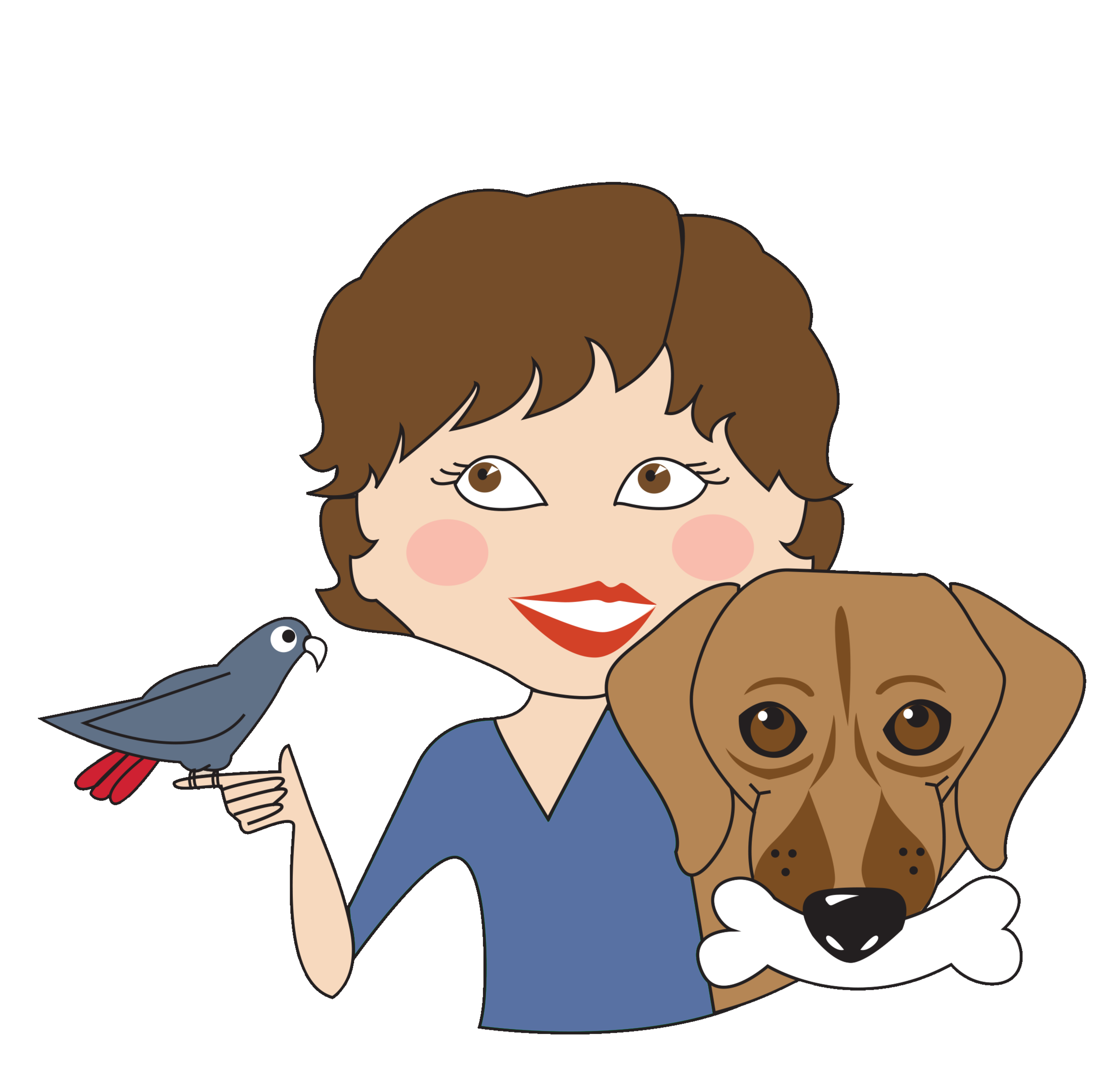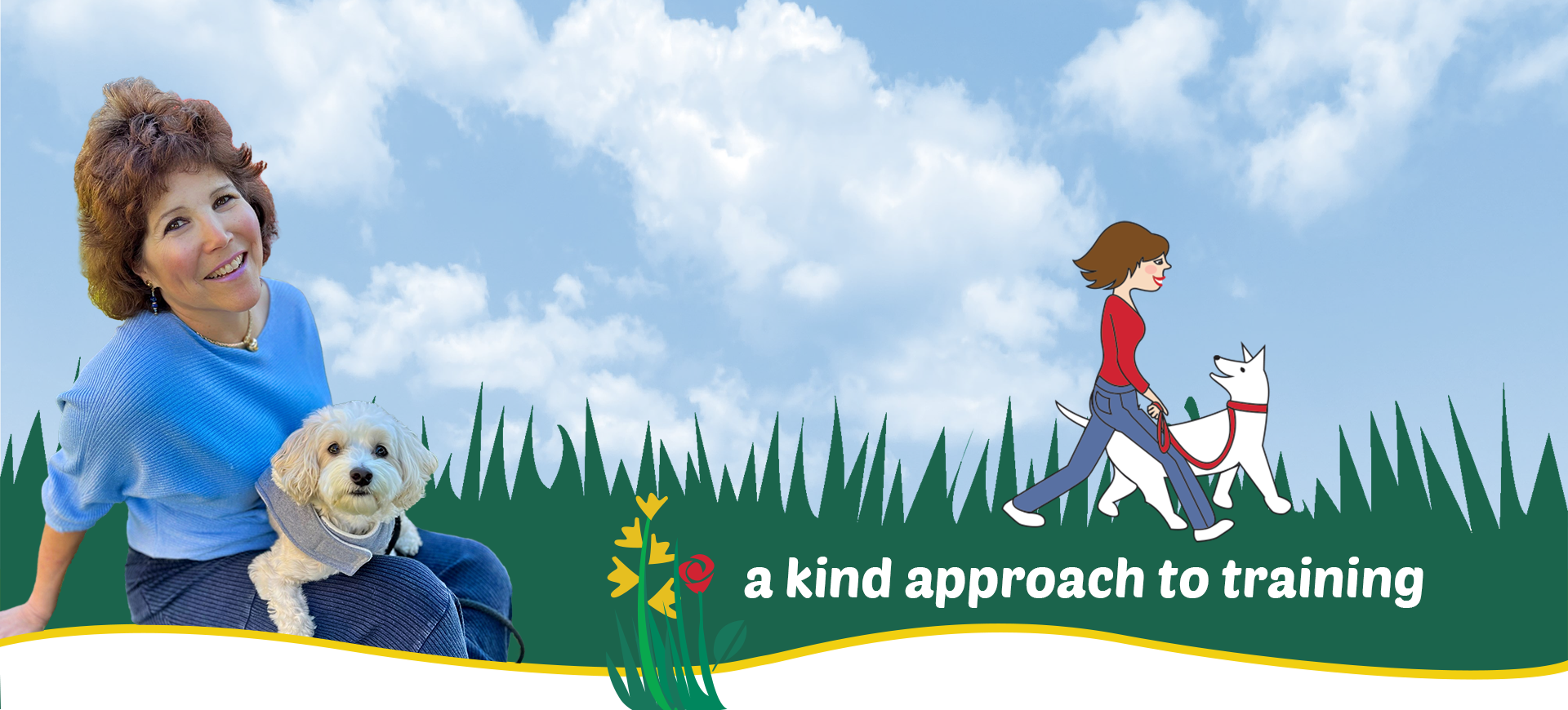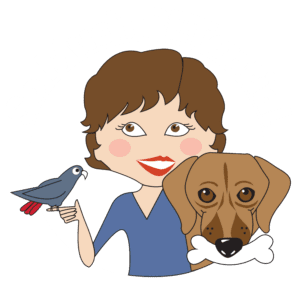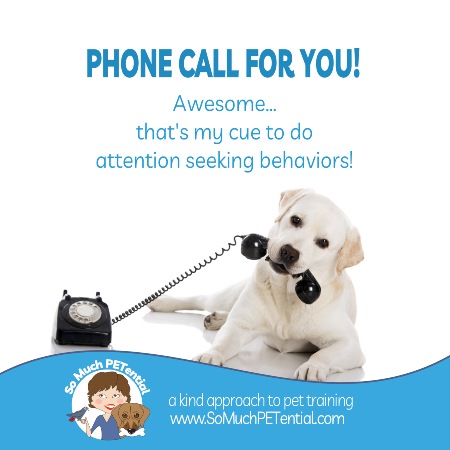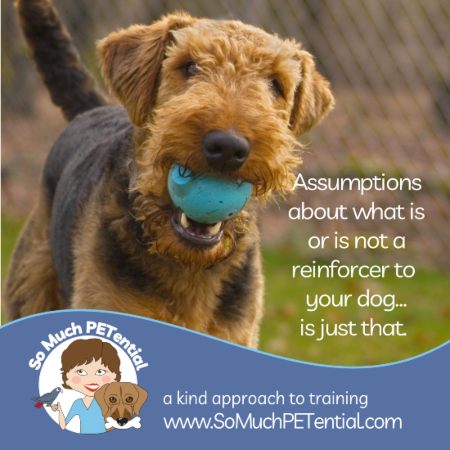Below is an excerpt from a paper presented at the ABMA Conference, 2004 on the art and science of behavior and training from Steve Martin, president of Orlando-based Natural Encounters, Inc., from his decades of pursuing the art of training. Below Steve’s comment is one from Dr. Susan Friedman (my first teacher and mentor in learning about behavior science), a psychology professor at Utah State University who has pioneered the application of Applied Behavior Analysis  (ABA) to captive and companion animals.
(ABA) to captive and companion animals.
On Taking Responsibility For Behavior
Steve: “I have learned that the best trainers are usually the ones who accept responsibility for both the good and the undesirable behavior their animals perform. Undesirable behavior in an animal is just as reflective of a trainer’s skills as the desirable behavior.
Accepting responsibility for the undesirable behavior provides personal incentive for a trainer to affect change in the behavior. Excuses like the animal is ‘messing with your mind’ or ‘is jealous’ or ‘is mischievous’ does not relieve a trainer of responsibility for the animal’s behavior. Assigning blame to an animal for its poor behavior only serves to stifle a person’s growth as a trainer.”
Susan: “The animal is never wrong – you get what you reinforce. All behavior has function, including undesirable behavior. The question is not, ‘Why is the animal behaving this way?, but rather, ‘What’s reinforcing this behavior?'”
